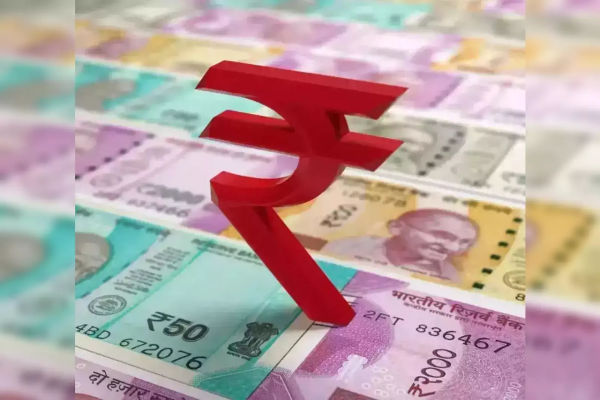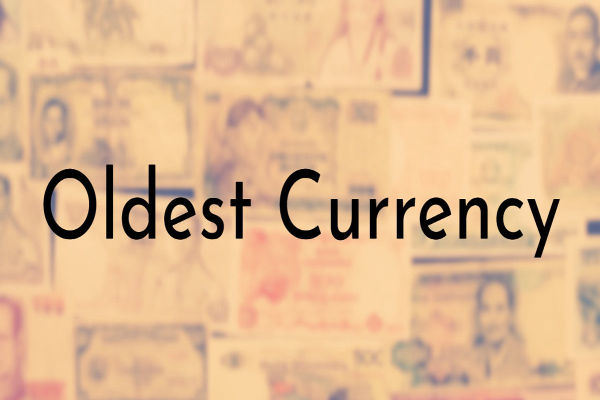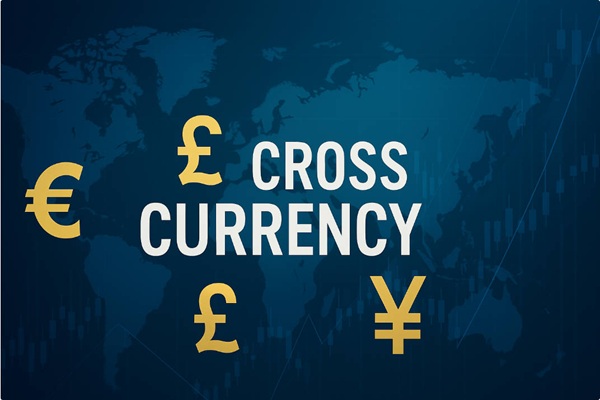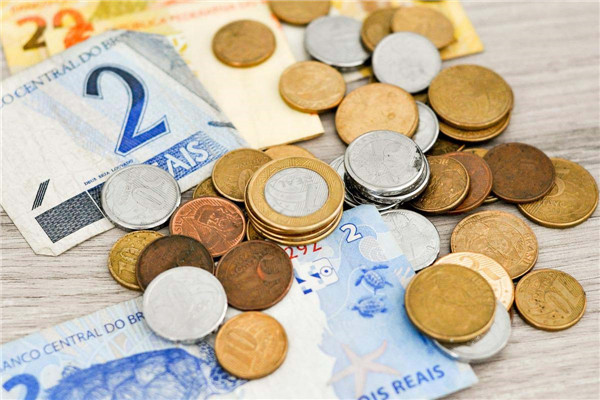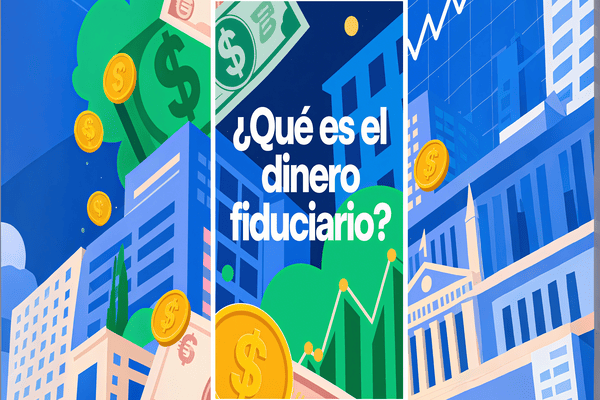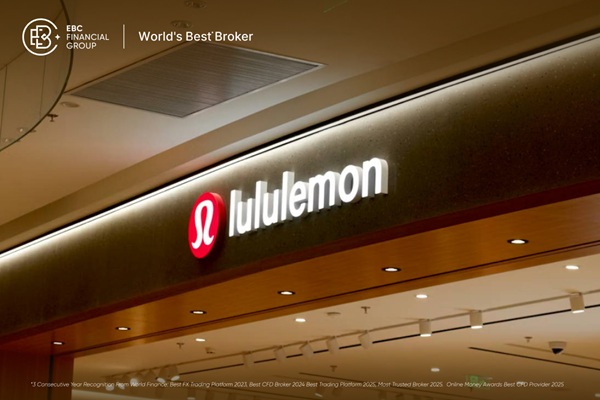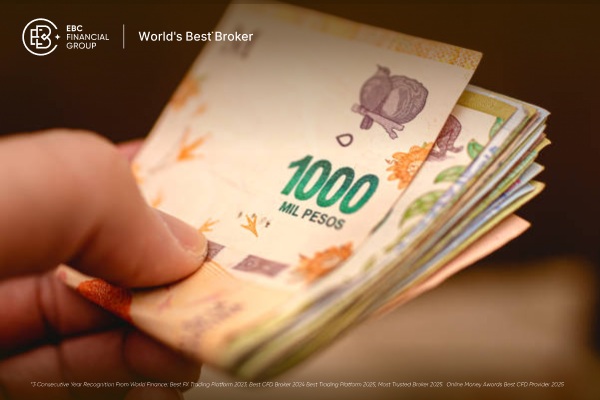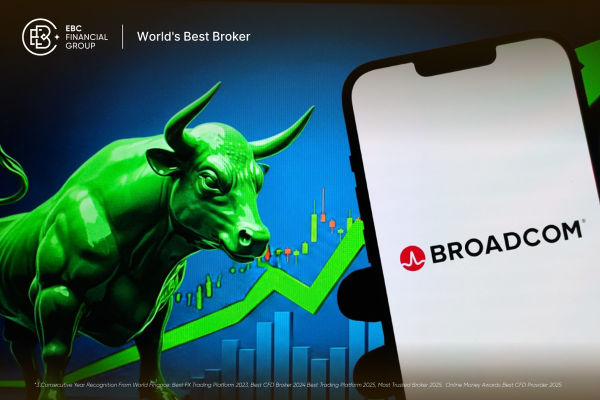In the complex foreign exchange market, cross-currency swaps are a valuable tool. In international trade, people often use foreign exchange swaps to agree in advance on future exchange rates, so for investors in cross-currency swaps, can this swap also be used to avoid risk? Let's examine it together!
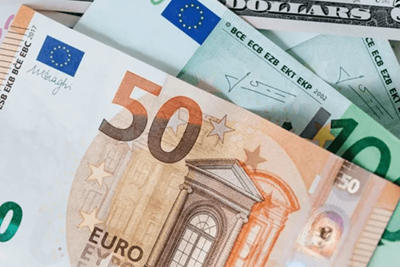
It is a financial derivative that is contracted between two parties. The principal amount of two different non-major foreign currencies is exchanged at an agreed exchange rate on a specified date, and then a reverse exchange of the principal amount is carried out again at the same exchange rate on another date. During this period, the parties also make periodic interest payments. This transaction usually involves two different currencies, which are exchanged for interest rates and principal payments to meet the specific needs of the parties to the contract.
The purpose of this swap is primarily to help businesses and investors manage exchange rate risk. For example, exchanging interest and principal payments in one currency for interest and principal payments in another currency reduces the risk involved in financial transactions between different currencies.
Its structure is simple, yet it meets the needs of converting two different currencies. If one wishes to convert an asset or liability from one foreign currency to another (e.g., if one wants to exchange the low-cost Euro for the Japanese Yen), this can be easily accomplished through this swap.
This transaction consists of two main stages: the initial swap and the stop swap. In an initial swap, one pays a fixed or floating rate of interest on one currency and receives an interest rate on the other. When it comes to the stop swap stage, it involves exchanging the principal.
Its main features are:
Cambio de divisas: Este intercambio implica un intercambio entre dos monedas diferentes, monedas menos comunes no principales (por ejemplo, dólar australiano, dólar canadiense, etc.).
Swap de tipos de interés: Además del swap de divisas, también incluye un swap de tipos de interés entre las dos monedas. Esto significa que habrá un intercambio de pagos de Tasas de interés entre sí para las monedas de sus respectivos países o regiones.
Término: Hay un término específico, y el contrato indicará exactamente lo que el intercambio de divisas y tipos de interés va a ser en una fecha futura. El plazo puede ser tan corto como unos pocos días o tan largo como varios años, dependiendo de las necesidades de ambas partes.
Gestión de riesgos: Este swap se utiliza generalmente para gestionar el tipo de cambio y los riesgos de tipo de interés. A través de él, puede administrar sus activos y pasivos de manera más flexible, reducir su riesgo y hacer que su inversión sea más sólida.
Liquidez: Es un instrumento financiero estandarique puede ser comprado y vendido en el mercado, proporcionando un alto nivel de liquidez.
The special feature of cross-currency swaps is that the two parties to the transaction agree on two trading operations at the same time. The parties first exchange currency a for currency b, and then agree to exchange currency b for currency a on a future date at a pre-negotiated exchange rate. The currency types bought and sold are the same in both transactions. The exchange rate for the transaction is determined primarily by the currency interest rate and the agreed-upon term. It may be higher or lower than the exchange rate at the expiration of the contract.
So it hedges the risk while sacrificing the opportunity for profit that may be available. Even if the exchange rate changes in the investor's favor after maturity, he or she will have to hope for the best.
Cross Currency Swap Quote Information
| INFORMATION |
DESCRIPTION |
| Currency Pair |
Non-major currency pairs involved, e.g., EUR/JPY |
| Start Date |
Start Date |
| Expiry Date |
Expiry Date |
| Swap Rate |
The rate at which the base currency will be exchanged for the quote currency at a specific date in the future |
| Interest Rate Type |
The type of interest rate in the swap, e.g., fixed or floating |
| Interest Rate Level |
The level of the currency interest rate associated with the swap |
| Duration |
The duration of the currency swap contract |
| Spread |
The difference between the swap rate and the real-time market rate |
| Fees and charges |
Other fees and costs associated with the swap |
| Quoter Information |
Information about the financial institution or bank offering the currency swap contract |
| Quotation Validity Period |
The validity period of the offer |
What risks can cross-currency swaps avoid?
It can be used to hedge a wide range of risks associated with foreign exchange trading, including the following key risks:
It allows businesses to lock in a currency exchange rate at a future point in time, thus avoiding the risks that may arise from exchange rate fluctuations. This is particularly important for businesses that trade internationally and invest across borders, as they often have to deal with transactions between different currencies.
Swap contracts are usually standardized financial instruments that are easily bought and sold in the market. This reduces liquidity risk as businesses can sell or buy these contracts at any time to meet their funding needs.
Credit relationships with counterparties are also important in swaps. By signing contracts with reliable contractual counterparties, firms can avoid the risks associated with counterparties that are unreliable or have high credit risk.
Can cross-currency swaps hedge interest rate risk? Absolutely. Swap contracts typically include a currency exchange as well as an interest rate on the currency, allowing a business to hedge against the impact of rising or falling interest rates on its financial position.
Market risk includes the potential impact of market volatility on a business's financial position. Swaps, on the other hand, can help businesses reduce market risk by locking in the price of future currency transactions.
Businesses can use swaps to plan for their future financial position, ensuring that they can meet future currency needs without being subject to unfavorable market changes.
Cross currency swaps and foreign exchange swaps
| Features |
Foreign Exchange Swap (FX Forward) |
Cross Currency Swap |
| Types |
Is a financial derivative that is used for currency exchange. |
A currency swap instrument, usually involving two currencies. |
| Monedas participantes |
Dos monedas están involucradas, generalmente incluyendo la moneda base y la moneda de cotización. |
Incluye el cambio de dos monedas no importantes. |
| Fijación del tipo de cambio |
El contrato incluye un tipo swap específico para cambiar divisas en una fecha futura. |
Cobertura del riesgo de tipo de cambio y de tipo de interés entre distintas monedas, sin incluir necesariamente los tipos de swap específicos. |
| Objetivo de gestión de riesgos |
Usado para proteger a negocios o inversionistas de fluctuaciones desfavorables del tipo de cambio. |
Se utiliza para gestionar el tipo de cambio y el riesgo de tipo de interés, mientras que también satisfacer las necesidades financieras específicas de un negocio. |
| Propósito principal |
Se utiliza para gestionar el riesgo de tipo de cambio, especialmente para el comercio internacional y las inversiones transfronterizas. |
Se utiliza para gestionar una amplia gama de riesgos, incluidos los riesgos de tipo de cambio, tipo de interés y planificación financiera. |
| Liquidez liquidez |
Tiene buena liquidez de mercado y es fácil de comprar y vender. |
Son instrumentos financieros estandarique proporcionan un alto grado de liquidez. |
Descargo de responsabilidad: este material es sólo para fines de información general y no está destinado como (y no debe ser considerado como) financiero, de inversión u otro asesoramiento en el que se debe confiar. Ninguna opinión dada en el material constituye una recomendación por EBC o el autor de que cualquier inversión particular, seguridad, transacción o estrategia de inversión es adecuada para cualquier persona específica.











